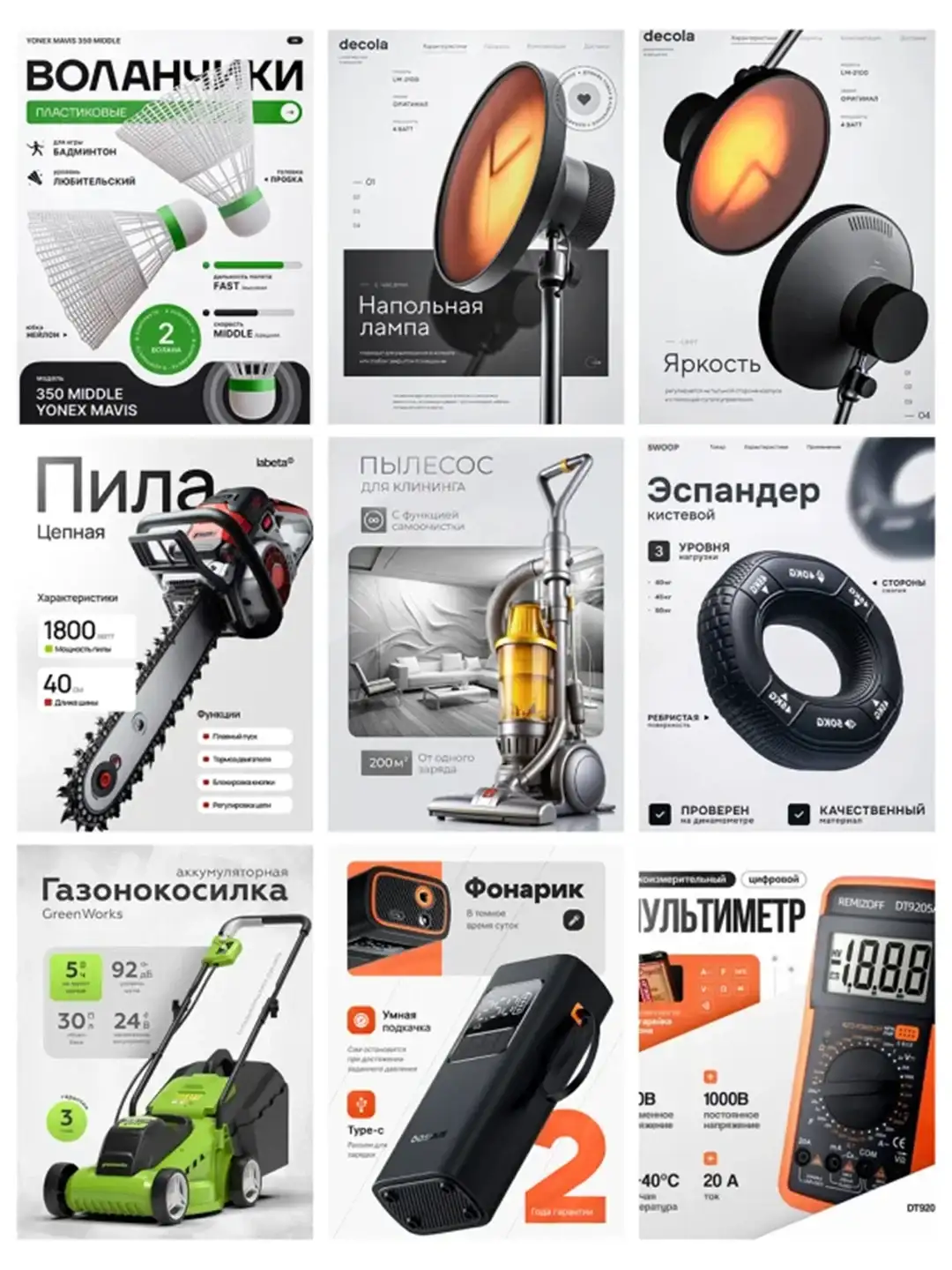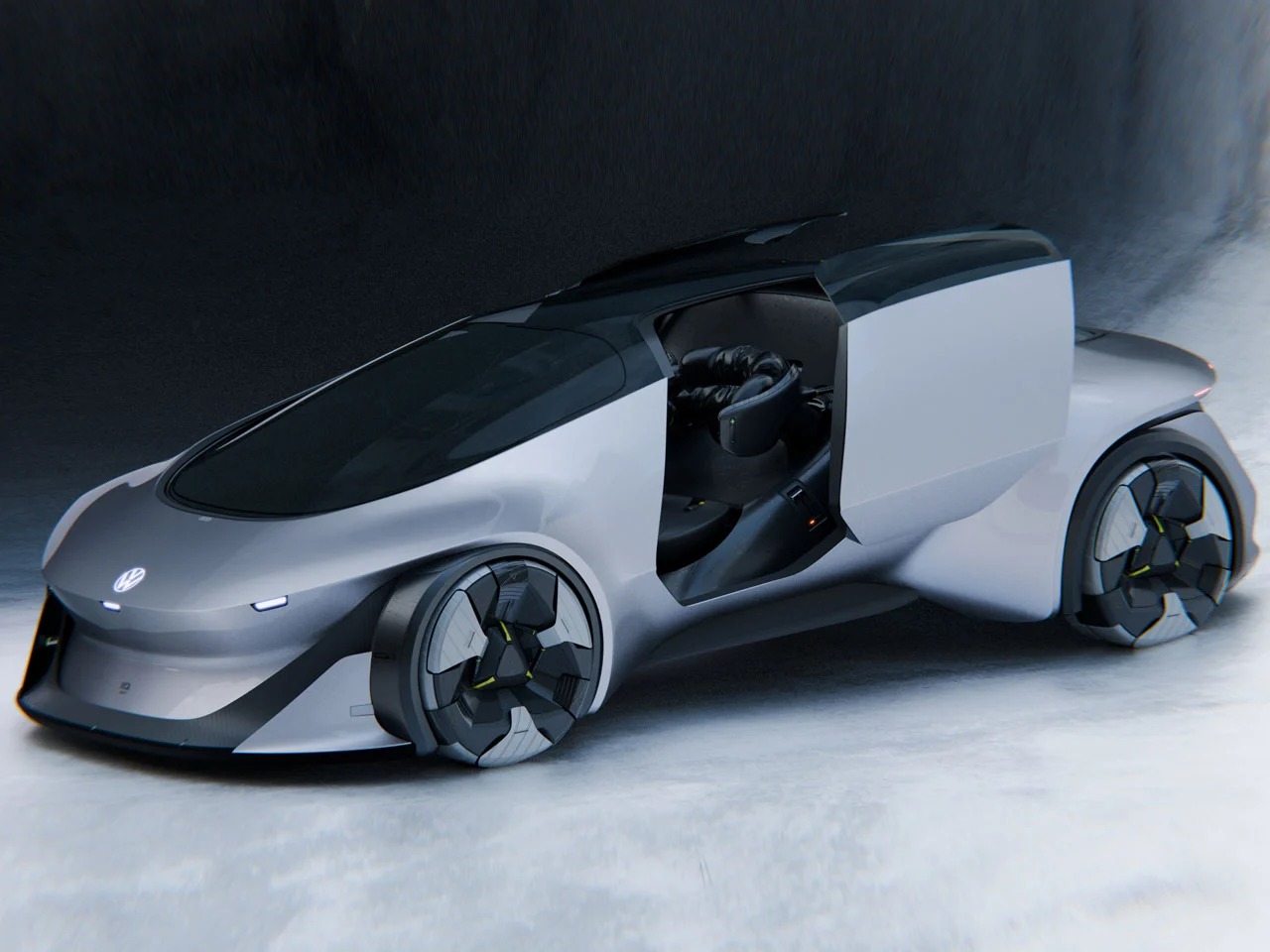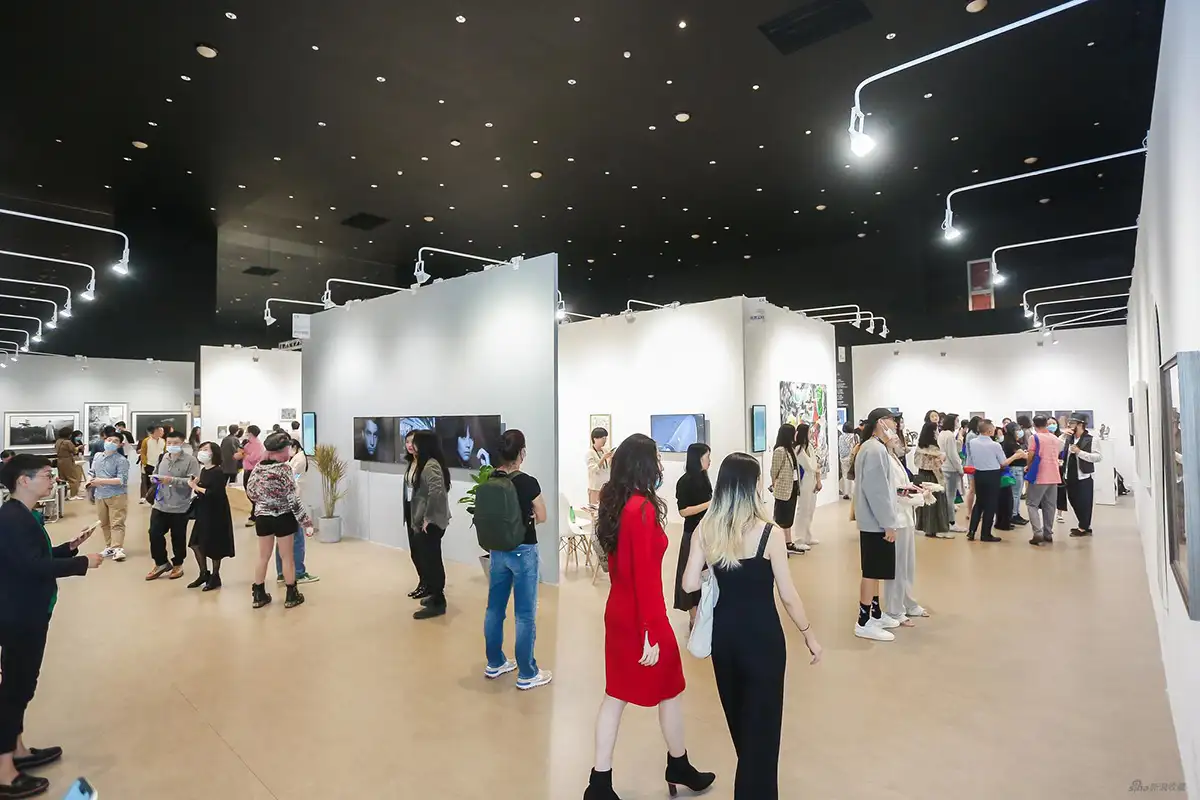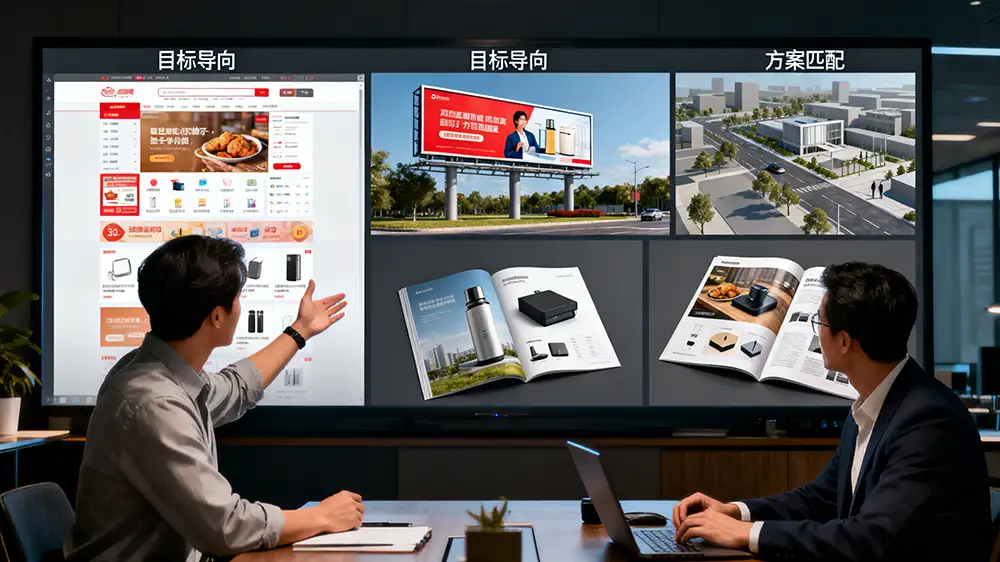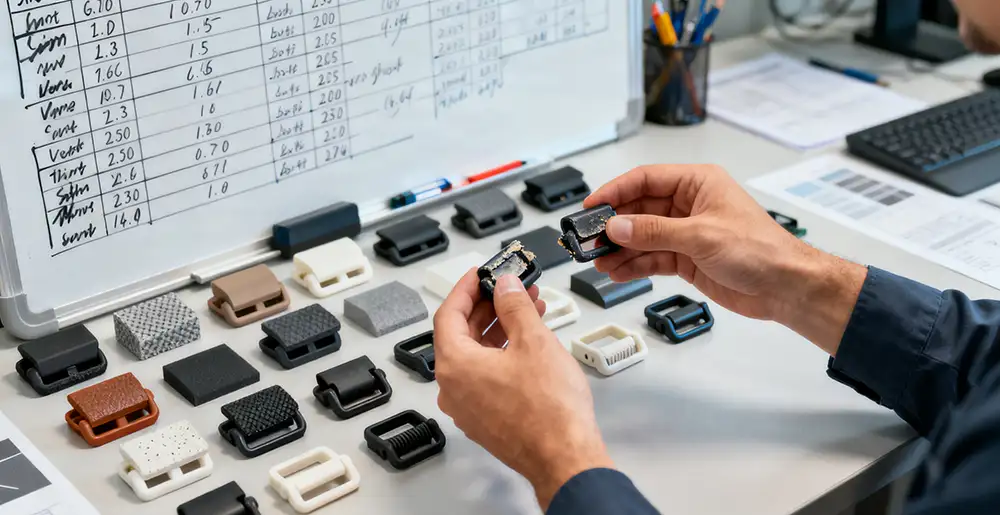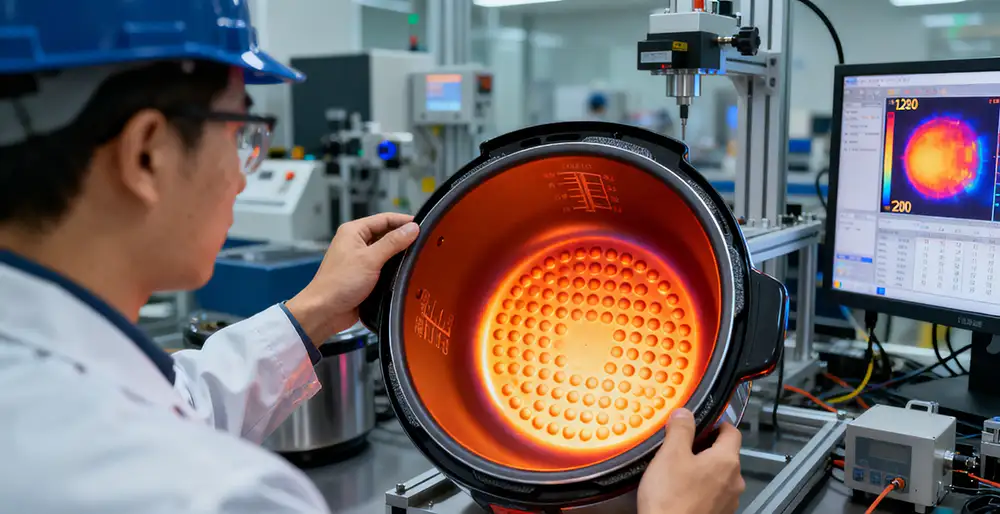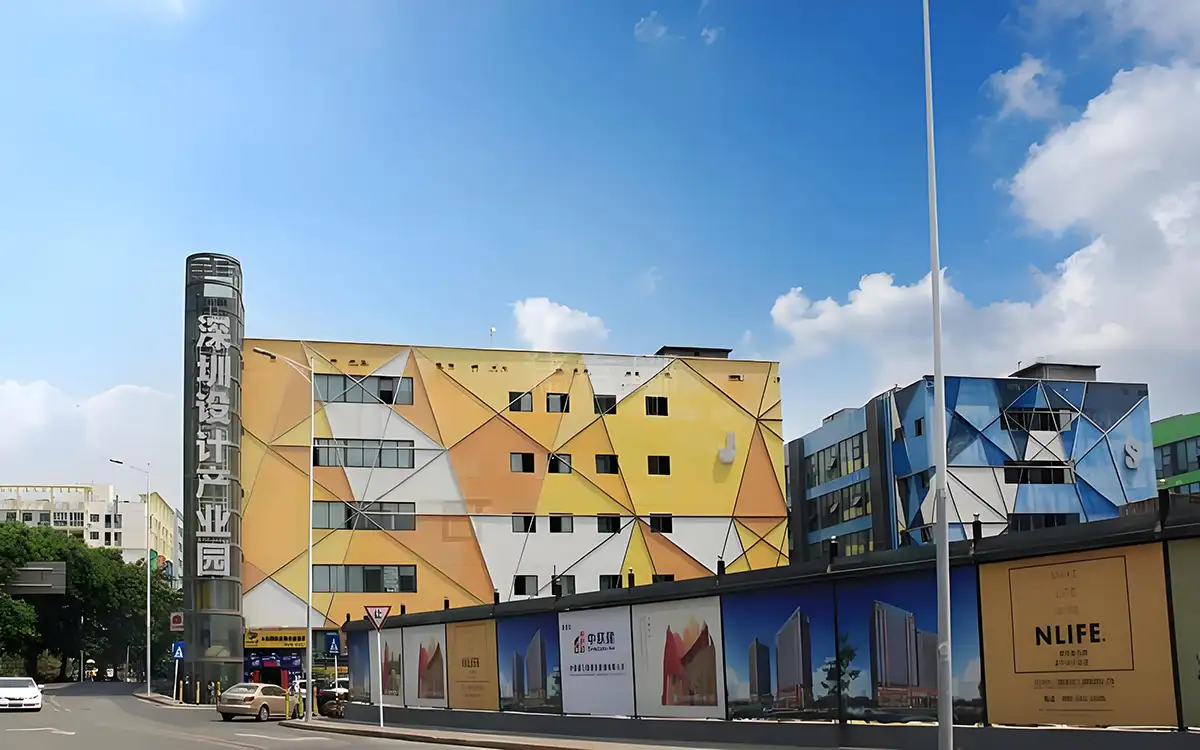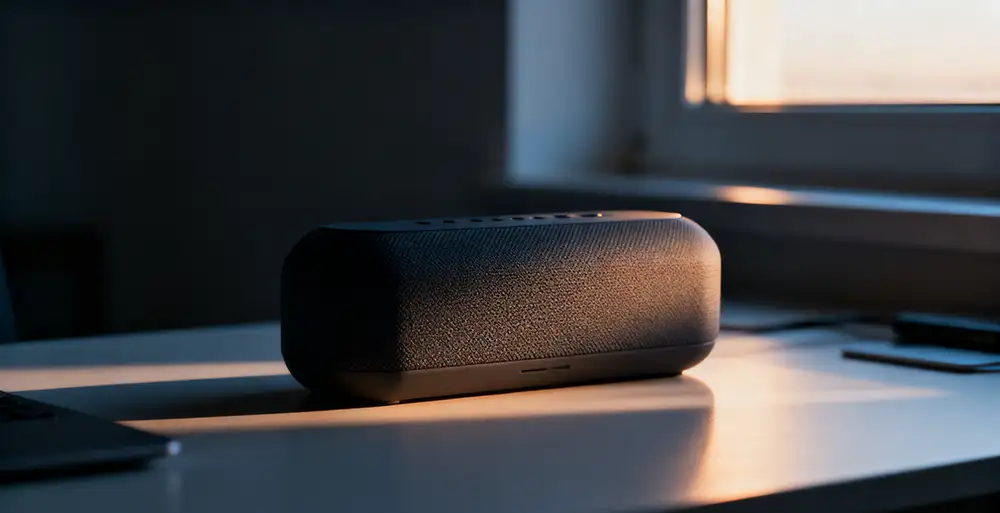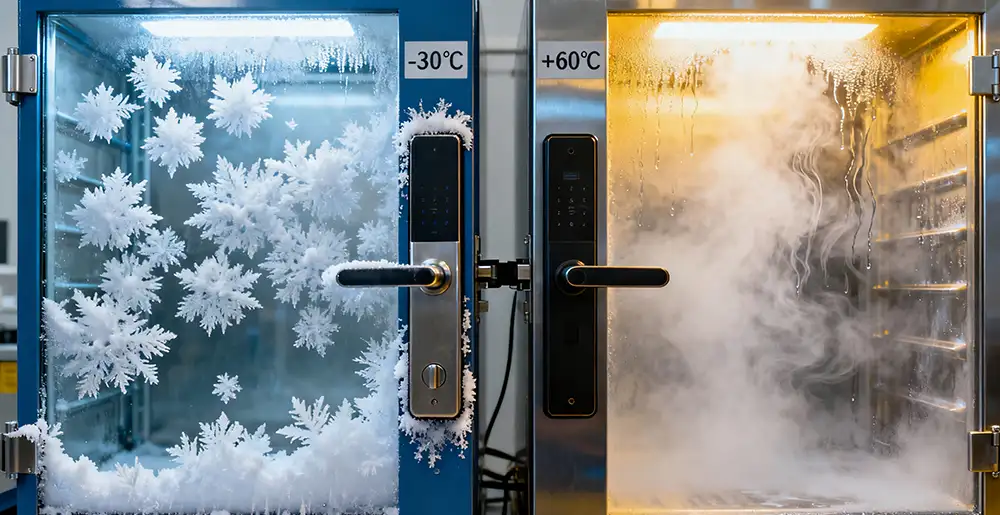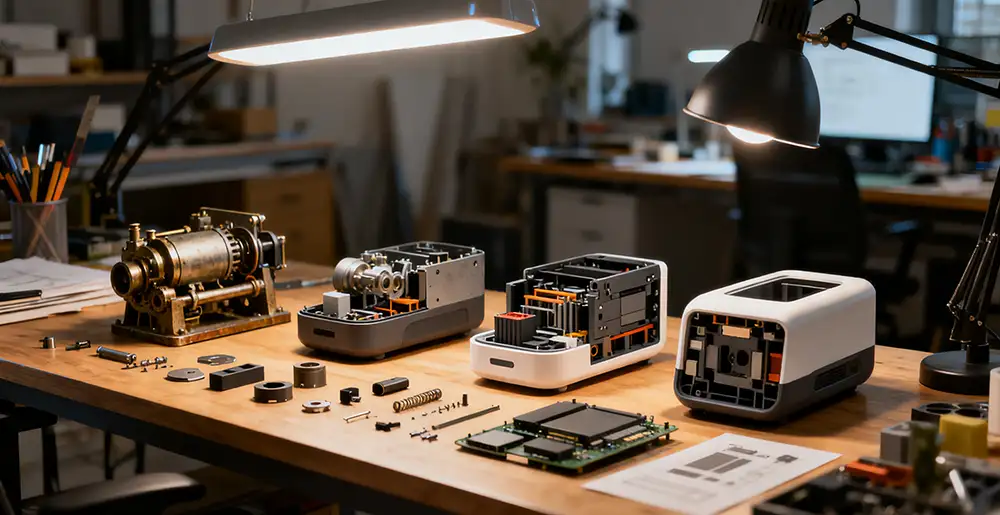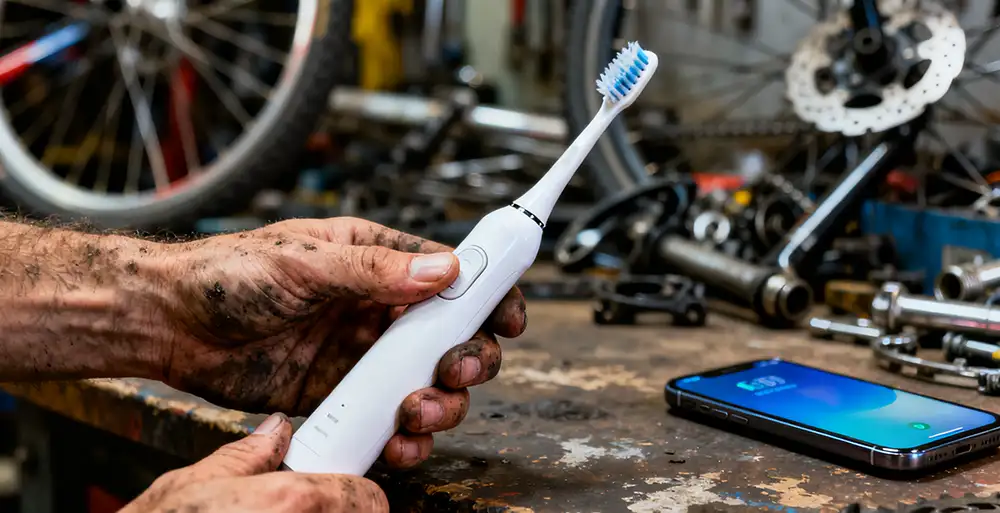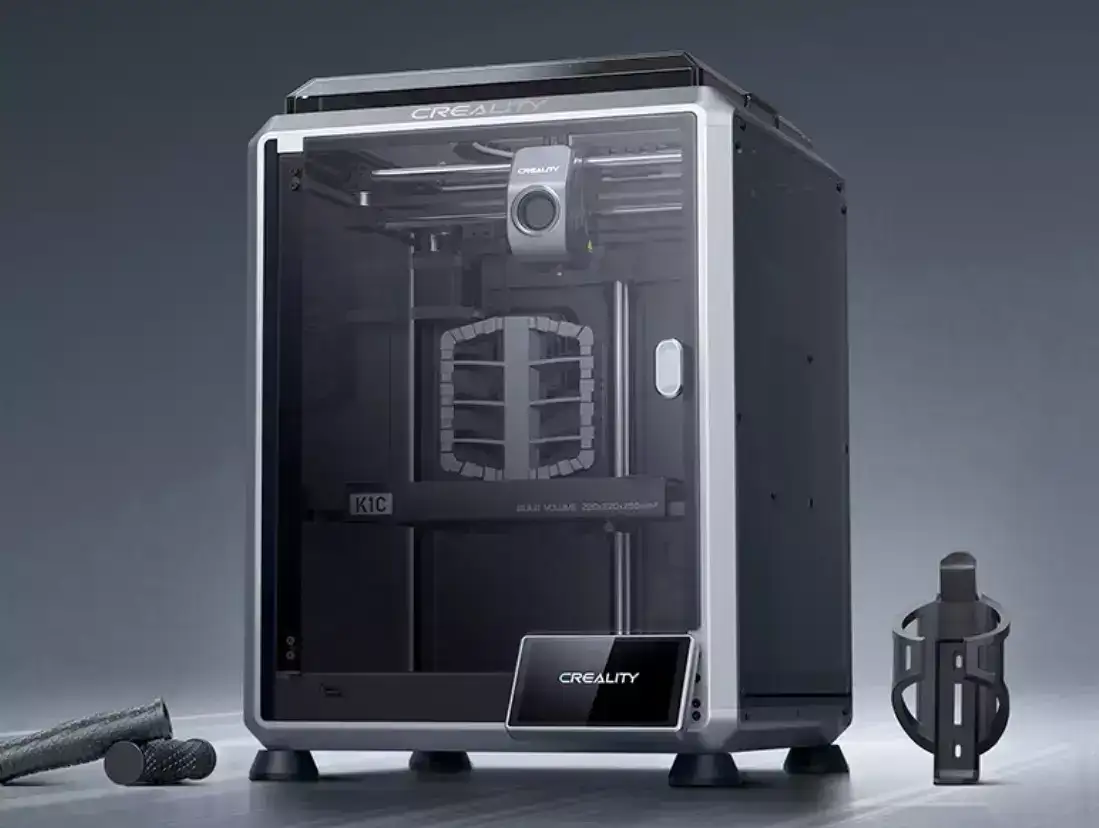NINEIDEA:经常有新人问我,对于深圳的产品设计师来说,如何快速有效地找到设计方向与概念,我整理一些思路,做一些分享,从行业趋势洞察到本土资源整合,为设计师提供从需求挖掘到创意落地的全流程方法论,助力在竞争激烈的设计生态中快速锚定差异化定位。
深入了解业务和目标:
与决策层沟通:明确老板或项目最终决策人的战略意图。他们可能不会给出具体方案,但会传达如提升用户活跃度、增强品牌竞争力等宏观目标,设计师需挖掘这些要求背后的深层需求,将其转化为设计方向的指引。
与产品 / 运营协作:产品经理和运营人员对产品现状及未来规划较为了解。设计师应提前参与到项目中,与他们密切沟通,了解新产品的调性、想解决的问题,或迭代产品的优化原因、用户痛点等信息,从而确定设计的重点和方向。
进行用户研究:
直接沟通与观察:设法找到产品的潜在用户,通过面对面交流、线上访谈等方式,了解他们的需求、使用习惯、对现有产品的满意度等。同时,观察用户使用产品的过程,发现他们在操作中遇到的问题和不便,这些都可能成为设计改进的方向。
分析数据:如果有相关数据资源,可分析流量来源、用户操作数据、浏览效率等指标。通过数据找出用户行为的规律和异常点,例如某个功能模块的点击量低,可能就需要从设计角度思考如何优化,以提高用户的关注度和使用率。
关注行业趋势:
紧跟设计大事件:关注苹果、华为等科技巨头发布的新产品、新技术,这些往往会引领设计趋势。例如,苹果发布的 Vision Pro 就推动了增强空间设计的发展,设计师可从中思考相关技术在自己领域的应用场景和设计方向。
借助专业平台:通过优设、站酷、人人都是产品经理等设计资讯平台,获取国内外最新的设计趋势文章和案例。还可以参考艾瑞咨询等机构发布的行业研究报告,了解行业的发展趋势和未来方向,为设计概念的构思提供灵感。
分析竞争对手:
全面调研竞品:对国内外同行业的竞品进行深入研究,不仅要了解他们的产品功能、设计风格,还要分析其市场定位、目标用户、营销策略等。可以将竞品的优点和不足进行梳理,找出市场空白点或差异化竞争的方向。
反推设计逻辑:在分析竞品时,不要只看表面的设计结果,要反推其设计逻辑。比如,为什么竞品会采用这样的布局、色彩搭配或交互方式,结合其品牌定位和用户群体,理解背后的原因,从而为自己的设计提供参考和启发。
积累经验与灵感:
注重日常积累:设计师要在日常工作和生活中,不断积累设计案例和经验。可以建立自己的案例库,对优秀的设计作品进行分类整理,分析其设计思路和创新点。同时,多参与不同类型的项目,拓宽自己的视野和知识面,这样在面对新的设计任务时,才能更快地找到方向和灵感。
保持创意交流:与同行、其他领域的创意人士建立良好的沟通交流机制,定期分享想法和经验。可以参加设计沙龙、行业研讨会等活动,也可以加入线上的设计社群,在交流中碰撞出创意的火花,获取新的设计思路和概念。
结合深圳本地特色:
利用产业优势:深圳在电子科技、智能家居、时尚等产业方面具有较强的优势。设计师可以依托这些产业资源,深入了解行业需求和技术发展,将新技术、新材料与设计相结合,找到适合本地产业发展的设计方向。
关注地域文化:深圳是一个充满活力和多元文化的城市,其地域文化具有独特的魅力。设计师可以从深圳的城市文化、历史底蕴、民俗风情等方面汲取灵感,将地域文化元素融入到设计中,使产品具有独特的文化内涵和辨识度。
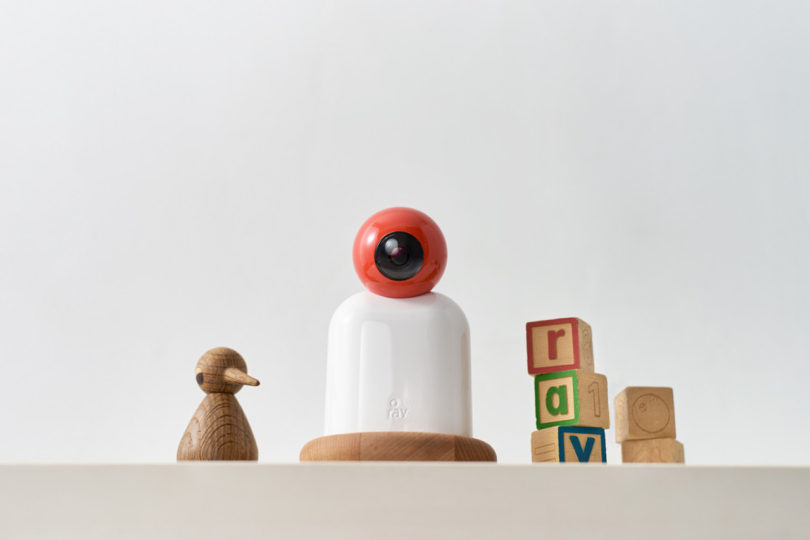
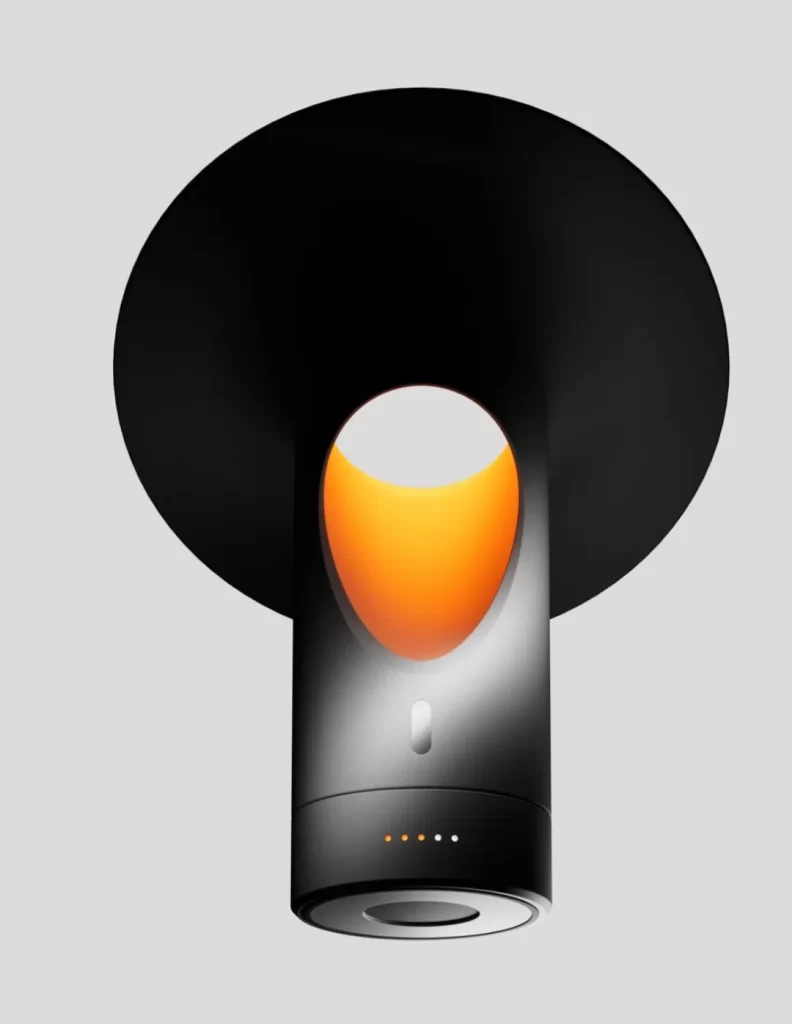
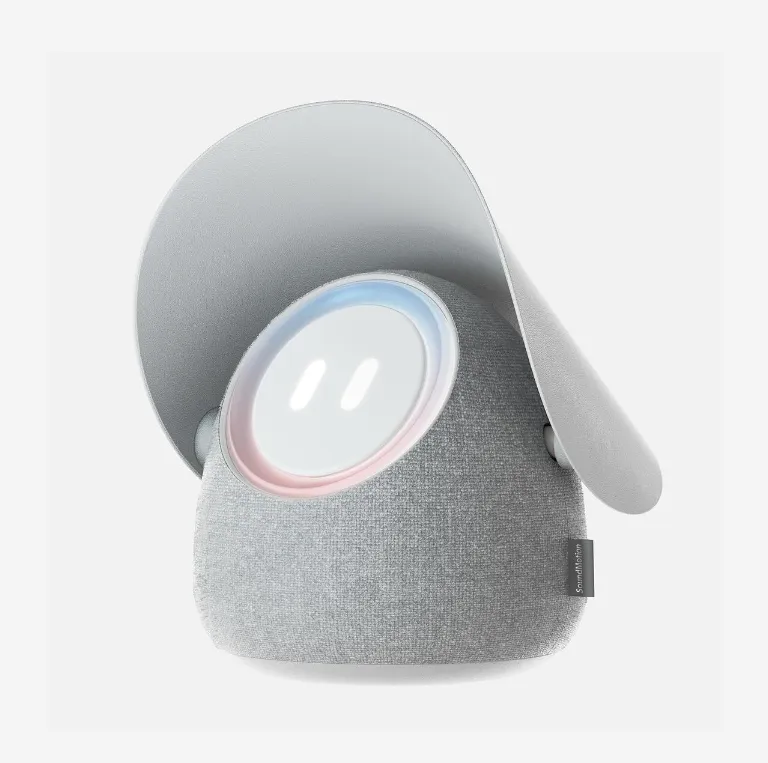
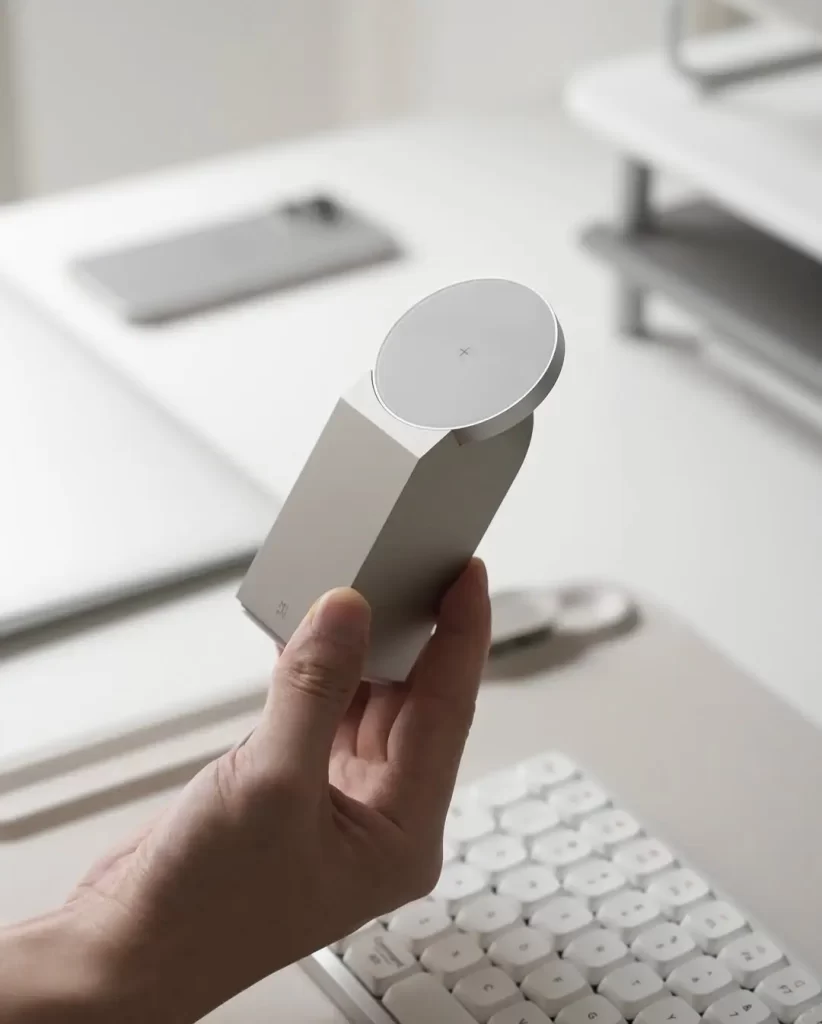
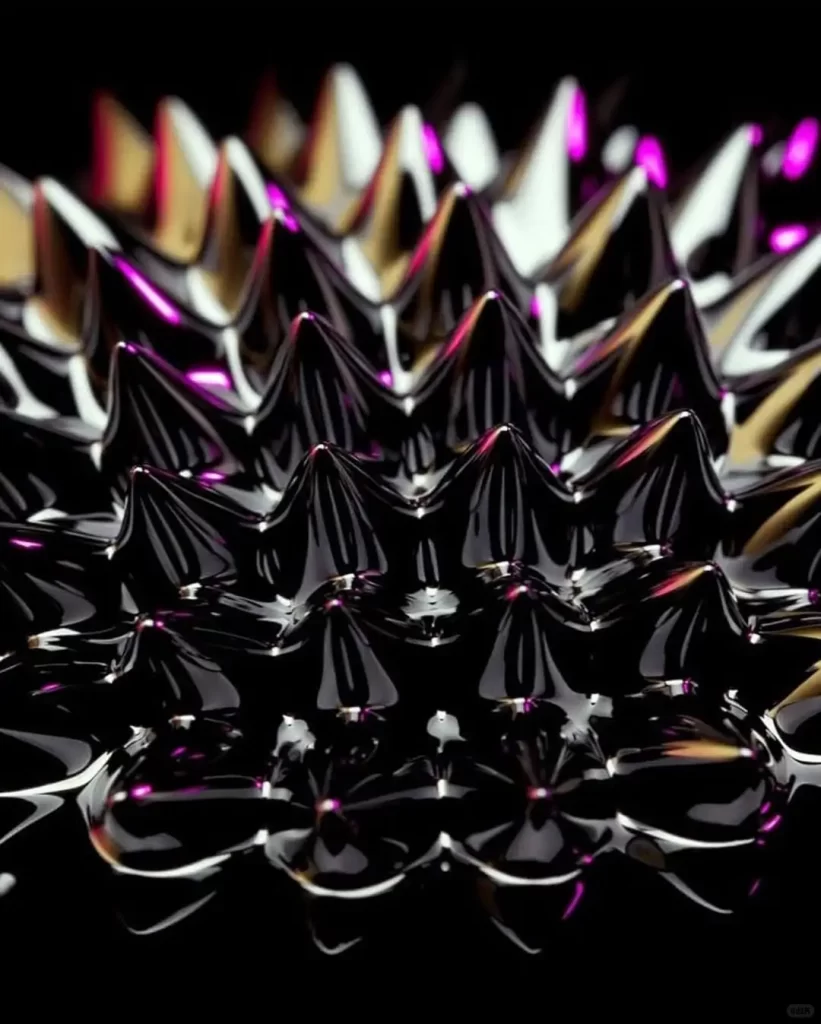
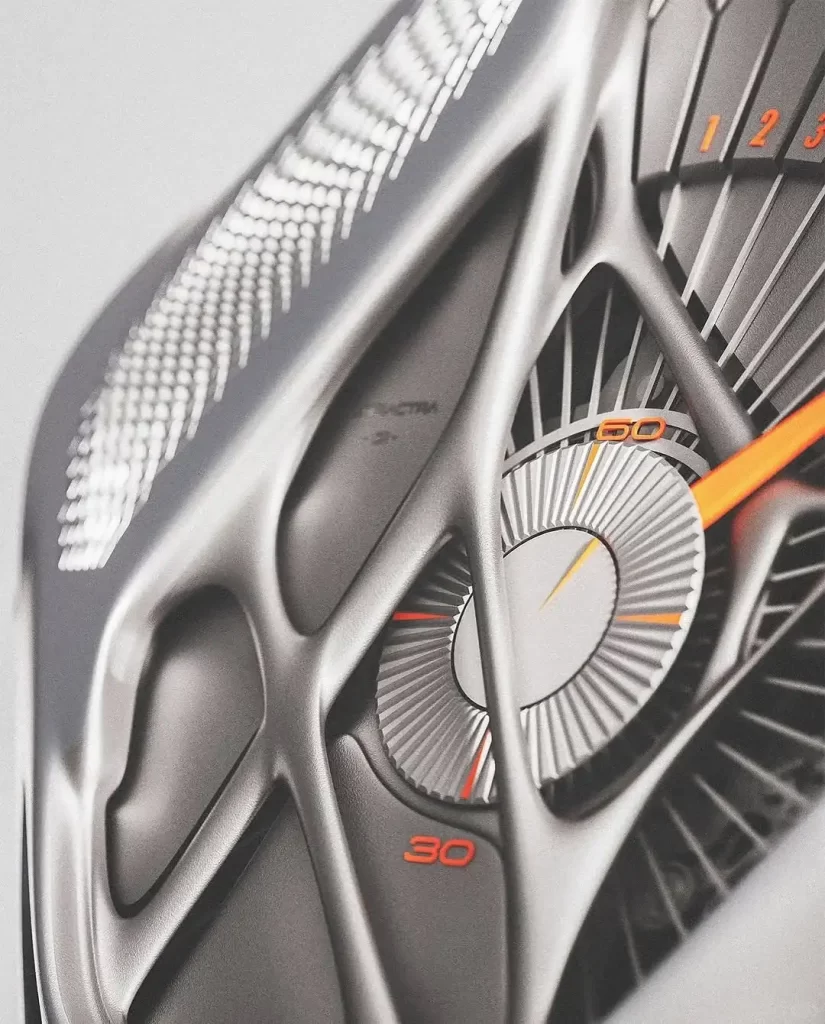
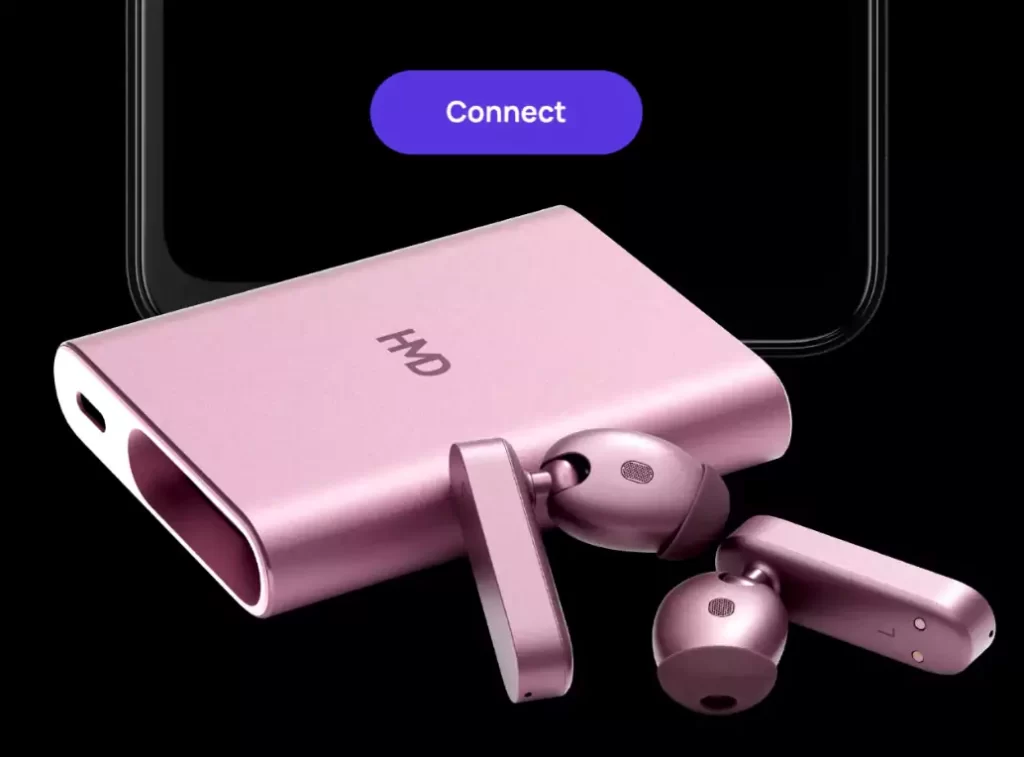
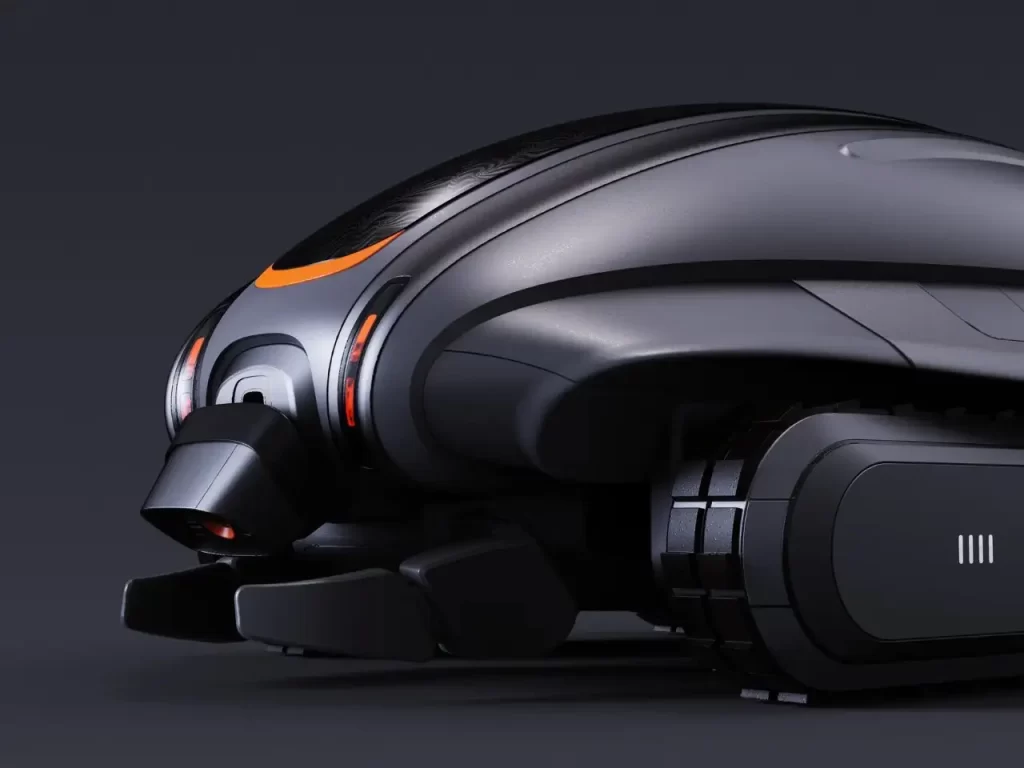
Six strategies for Shenzhen product designers to efficiently lock in design directions and concepts
NINEIDEA:Newcomers often ask me how to quickly and effectively find design directions and concepts for product designers in Shenzhen. I organize some ideas, share them, and provide designers with a full process methodology from requirement mining to creative implementation, from industry trend insights to local resource integration. This helps to quickly anchor differentiated positioning in the fiercely competitive design ecosystem.
Gain a deeper understanding of the business and objectives:
Communicate with decision-makers: Clarify the strategic intentions of the boss or the final decision maker of the project. They may not provide specific plans, but they will convey macro goals such as increasing user engagement and enhancing brand competitiveness. Designers need to explore the underlying needs behind these requirements and translate them into guidance for design direction.
Collaboration with product/operations: Product managers and operations personnel have a good understanding of the current status and future plans of the product. Designers should participate in the project in advance, communicate closely with them, understand the tone of the new product, the problems they want to solve, or the optimization reasons and user pain points of the iterative product, in order to determine the focus and direction of the design.
Conduct user research:
Direct communication and observation: try to find potential users of the product, understand their needs, usage habits, satisfaction with existing products, etc. through face-to-face communication, online interviews, and other methods. At the same time, observing the process of users using the product and discovering the problems and inconveniences they encounter during operation may become directions for design improvement.
Analyzing data: If there are relevant data resources, indicators such as traffic sources, user operation data, browsing efficiency, etc. can be analyzed. By using data to identify patterns and outliers in user behavior, such as low click through rates for a certain functional module, it may be necessary to consider how to optimize from a design perspective in order to increase user attention and usage.
Pay attention to industry trends:
Keep up with major design events: Pay attention to new products and technologies released by tech giants such as Apple and Huawei, which often lead design trends. For example, Apple’s release of Vision Pro has driven the development of enhanced spatial design, allowing designers to consider the application scenarios and design directions of related technologies in their own fields.
With the help of professional platforms: obtain the latest design trend articles and cases at home and abroad through design information platforms such as Youshi, Zhiku, and Renren is a product manager. You can also refer to industry research reports released by institutions such as iResearch Consulting to understand the development trends and future directions of the industry, and provide inspiration for the conception of design concepts.
Analyze competitors:
Comprehensive research on competitors: Conduct in-depth research on domestic and foreign competitors in the same industry, not only to understand their product functions and design styles, but also to analyze their market positioning, target users, marketing strategies, etc. You can sort out the advantages and disadvantages of competitors, identify market gaps or directions for differentiated competition.
Reverse design logic: When analyzing competitors, do not only look at the surface design results, but also reverse their design logic. For example, why do competitors adopt such layouts, color combinations, or interactive methods, combined with their brand positioning and user base, to understand the reasons behind them and provide reference and inspiration for their own designs.
Accumulate experience and inspiration:
Pay attention to daily accumulation: Designers should continuously accumulate design cases and experience in their daily work and life. You can establish your own case library to classify and organize excellent design works, analyze their design ideas and innovative points. At the same time, participating in different types of projects can broaden one’s horizons and knowledge, so that when facing new design tasks, one can quickly find direction and inspiration.
Maintain creative communication: Establish a good communication mechanism with peers and creative professionals in other fields, and regularly share ideas and experiences. You can participate in design salons, industry seminars, and other activities, as well as join online design communities to spark creativity and gain new design ideas and concepts through communication.
Combining local characteristics of Shenzhen:
Utilizing industrial advantages: Shenzhen has strong advantages in electronic technology, smart home, fashion and other industries. Designers can rely on these industry resources to gain a deep understanding of industry needs and technological developments, combine new technologies and materials with design, and find design directions that are suitable for local industry development.
Pay attention to regional culture: Shenzhen is a city full of vitality and diverse cultures, and its regional culture has unique charm. Designers can draw inspiration from Shenzhen’s urban culture, historical heritage, folk customs, and incorporate regional cultural elements into their designs, giving products a unique cultural connotation and recognition.











